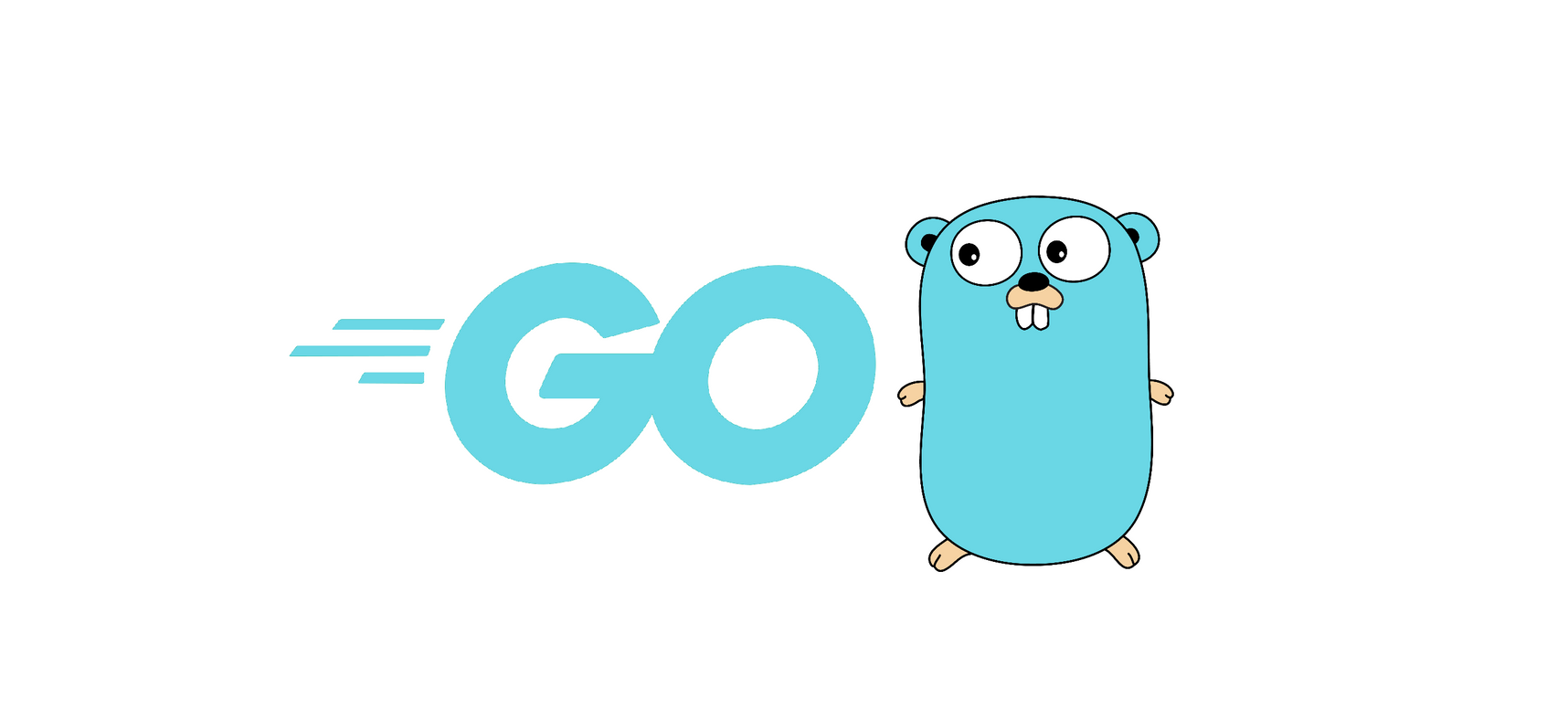Understanding Object Oriented Programming in Golang

Prerequisites
- Go local installation (v1.18)
- A code editor
- Basic understanding of Go
Introduction
Object oriented programming (OOP) is a paradigm which uses the idea of representing real life obejects OR entities in code. While this paradigm is in use, code is arranged based on functionality; thereby enabling abstraction, re-usability, efficiency and faster maintenance by the engineers.
In, OOP there are three basic but very important concepts that you have to understand viz Classes, Methods and Objects.
- A class is a user defined data type that acts as a blueprint for objects, attributes and methods.
- An object is an instance of a class.
- A method are functions defined in a class to describe the behaviour of objects created from a class.
However, implementation of OOP in Go is different from how you’d do it in other programming languages. OOP concepts are implemented using structs, interfaces and custom types.
What’s a struct?
A struct can be defined as the blue print of an object. They are user-defined collections of fields. This implies that multiple objects can be derived from a shared struct.
In other programming languages, structs are equivalents of classes.
For example;
```go
// Creates a person struct
type Person struct {
name string
age uint32
height float32
}
```
Creating objects using structs
In OOP, an object is created from a class (a struct in Go). If we want to created multiple objects from a single class, we’d do it as below:
```go
// Instantiates the Person struct to create the user1 and user2 objects
user1 := Person {
name: "John Doe",
age: 32,
height: 160
}
user2 := Person {
name: "Jabe Doe",
age: 42,
height: 120
}
```
The values of an instantiated struct can be accessed using the dot notation. If we wanted to access the age of the user, we’d do it as below:
```go
fmt.Println("Value:", user1.age)
//Output Value: 32
```
Methods
In OOP, a struct can contain methods that are specific to it, thus they can be used only on the specific struct type.
Methods are assigned to a struct by specifying the receiver name and the struct type name before the function name.
For example, to add a method to the Person struct type above,
```go
func (person Person) printAge () {
//Code
}
// person is the receiver name
// Person is the struct
// printAge is the function name
```
Interfaces
An interface is a set of methods that we use to define a set of actions.
For example,
| |